The Hidden Power of Nature’s Nutritional Powerhouses
Have you ever wondered how some foods can completely transform your health while keeping calorie counts impressively low? I once met someone who reversed their pre-diabetic condition simply by adding nutrient-dense vegetables to their daily smoothies. This remarkable turnaround wasn’t magic, it was the power of low-calorie superfoods working their natural wonders.
Low-calorie superfoods aren’t just regular healthy foods. They’re nutritional titans that deliver an extraordinary amount of vitamins, minerals, antioxidants, and other beneficial compounds while keeping calorie counts minimal. This powerful combination makes them ideal for anyone looking to maintain health, lose weight, or manage certain health conditions.
Today, I’m sharing everything you need to know about these incredible foods that can revolutionize your diet and potentially change your health trajectory without leaving you feeling deprived or hungry.
What Are Low-Calorie Superfoods?
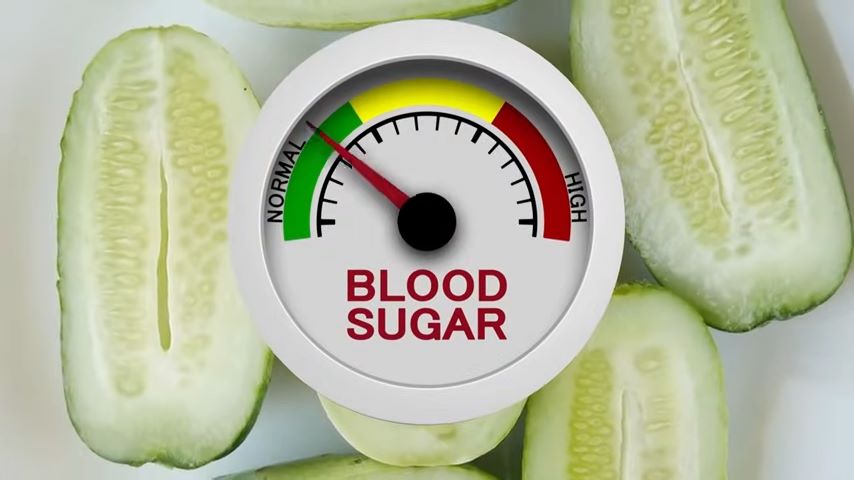
Low-calorie superfoods are nutrient-dense foods that provide exceptional nutritional value with minimal calories. Unlike regular healthy foods, superfoods contain significantly higher concentrations of beneficial nutrients per calorie, making them nutritional overachievers in the food world.
The defining characteristics of low-calorie superfoods include:
- Exceptional nutrient density (high vitamins, minerals, and phytonutrients per calorie)
- Low calorie content (typically less than 100 calories per serving)
- High water and fiber content (promoting fullness and hydration)
- Rich in disease-fighting compounds (antioxidants, anti-inflammatory compounds)
- Minimal processing (found in their natural state)
While all fruits and vegetables are healthy, not all qualify as superfoods. Superfoods stand out because of their extraordinary concentration of nutrients and health-promoting compounds.
Why Low-Calorie Superfoods Are Essential for Your Health

Low-calorie superfoods offer numerous health benefits that make them worth incorporating into your daily diet:
Weight Management Support
The combination of high water content, fiber, and low calories makes these foods perfect for weight management. They help you feel full longer while keeping calorie counts low. For example, you can eat an entire cup of strawberries for just 53 calories, compared to a single cookie that might contain 150+ calories.
Disease Prevention
Many low-calorie superfoods contain powerful antioxidants and anti-inflammatory compounds that help protect against chronic diseases. Studies have linked regular consumption of these foods to reduced risks of:
- Heart disease
- Type 2 diabetes
- Certain cancers
- Neurodegenerative conditions
Enhanced Energy and Vitality
Unlike processed foods that can cause energy crashes, low-calorie superfoods provide sustained energy through complex carbohydrates, healthy fats, and proteins, without the calorie overload that leads to sluggishness.
Improved Digestive Health
The high fiber content in many low-calorie superfoods supports a healthy digestive system by promoting regular bowel movements and feeding beneficial gut bacteria.
10 Extraordinary Low-Calorie Superfoods to Transform Your Diet
1. Spinach: The Versatile Nutritional Powerhouse
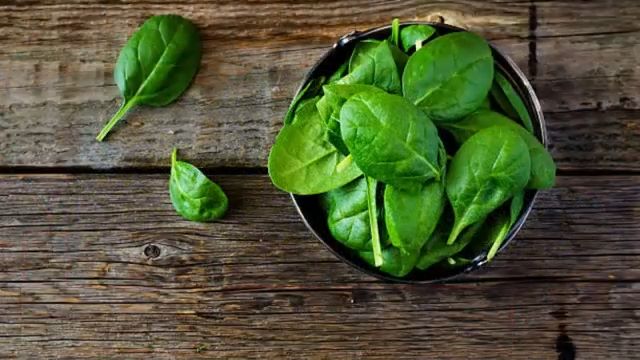
Calories: 23 calories per 100 grams
Spinach is one of nature’s most nutrient-dense foods. This leafy green is exceptionally rich in:
- Vitamins A, C, and K
- Folate and iron
- Antioxidants like lutein and zeaxanthin
Spinach’s low calorie count makes it perfect for adding volume to meals without adding significant calories. Its versatility allows it to be incorporated into smoothies, salads, omelets, or simply sautéed as a side dish.
Success story: One woman transformed her pre-diabetic condition by simply adding spinach to her daily smoothies, proving that small additions of this superfood can have remarkable health impacts.
2. Berries: Nature’s Sweet Antioxidant Stars
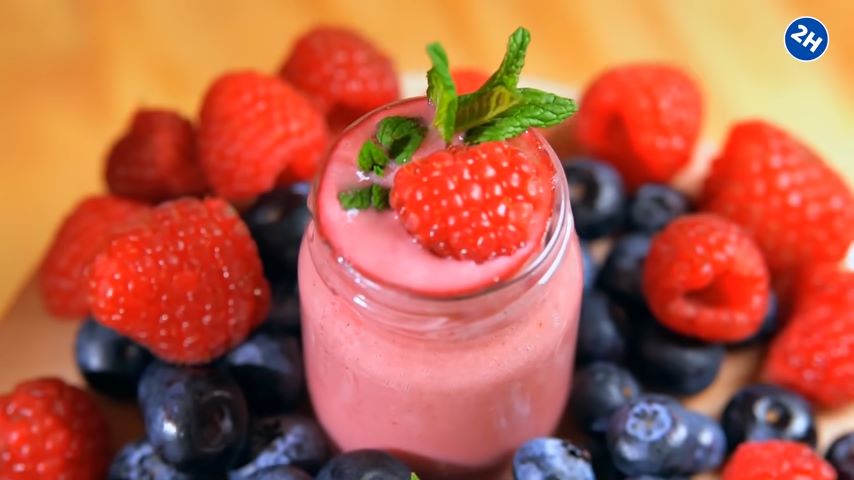
Calories:
- Strawberries: 32 calories per 100 grams
- Blueberries: 57 calories per 100 grams
- Raspberries: 52 calories per 100 grams
Berries are nutritional gems packed with:
- Vitamin C
- Fiber
- Powerful antioxidants (especially anthocyanins)
Research suggests regular berry consumption helps protect against oxidative stress, inflammation and may even boost brain health. Their natural sweetness makes them perfect for satisfying sweet cravings without resorting to high-calorie treats.
3. Broccoli: The Anti-Inflammatory Champion
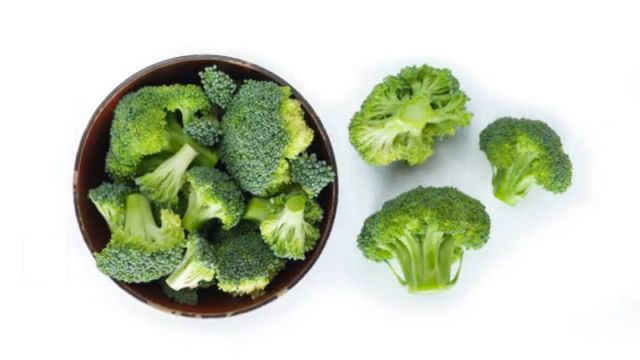
Calories: 34 calories per 100 grams
Broccoli’s impressive nutritional profile includes:
- High levels of sulforaphane (a powerful anti-inflammatory compound)
- Vitamins C, K, and folate
- Fiber and plant protein
This cruciferous vegetable has been shown to reduce the growth of ovarian cysts and ease period discomfort. Many people report noticeable improvements in their inflammatory conditions after including broccoli regularly in their diet.
4. Greek Yogurt: The Protein-Rich Probiotic Source

Calories: 59 calories per 100 grams
Greek yogurt stands out from regular yogurt with:
- Double the protein content
- Beneficial probiotics
- Calcium and B vitamins
Its creamy texture and tangy flavor make it versatile for both sweet and savory dishes. The high protein content promotes satiety, helping you feel fuller longer.
Success story: Many people have found relief from digestive issues like Irritable Bowel Syndrome (IBS) by incorporating Greek yogurt into their daily routine.
5. Apples: The Fiber-Rich Heart Protectors
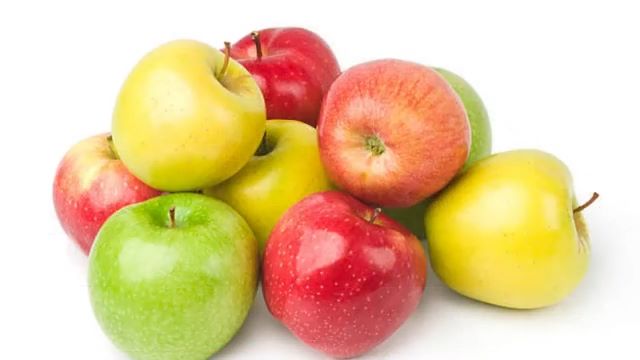
Calories: 52 calories per 100 grams
Apples are not just low in calories but also:
- High in soluble fiber (particularly pectin)
- Rich in quercetin and other antioxidants
- Supportive of heart health
The old saying “an apple a day keeps the doctor away” has scientific backing. Studies have shown that regular apple consumption can help lower cholesterol levels and improve heart health.
6. Zucchini: The Versatile Low-Calorie Star
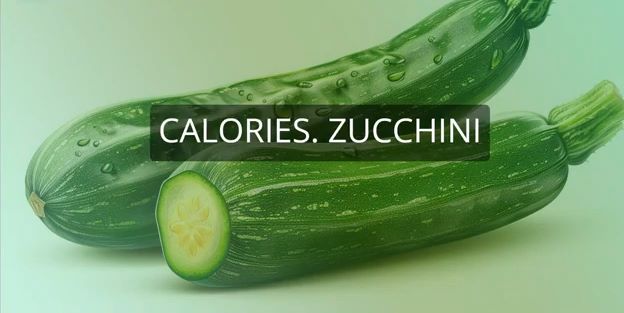
Calories: 17 calories per 100 grams
Zucchini is one of the lowest-calorie vegetables available and offers:
- Vitamins A and C
- Potassium and manganese
- Antioxidants like lutein and zeaxanthin
Its mild flavor and versatility make it perfect for everything from vegetable platters to “zoodles” (zucchini noodles), providing bulk to meals with minimal calories.
7. Bell Peppers: Colorful Vitamin C Champions

Calories: 24-31 calories per 100 grams (varies by color)
Bell peppers, especially red ones, contain:
- More vitamin C than oranges
- Beta-carotene and other carotenoids
- B vitamins and fiber
Their crisp texture and sweet flavor make them perfect for snacking, stir-fries, or as vessels for healthy fillings.
8. Cauliflower: The Versatile Low-Carb Alternative
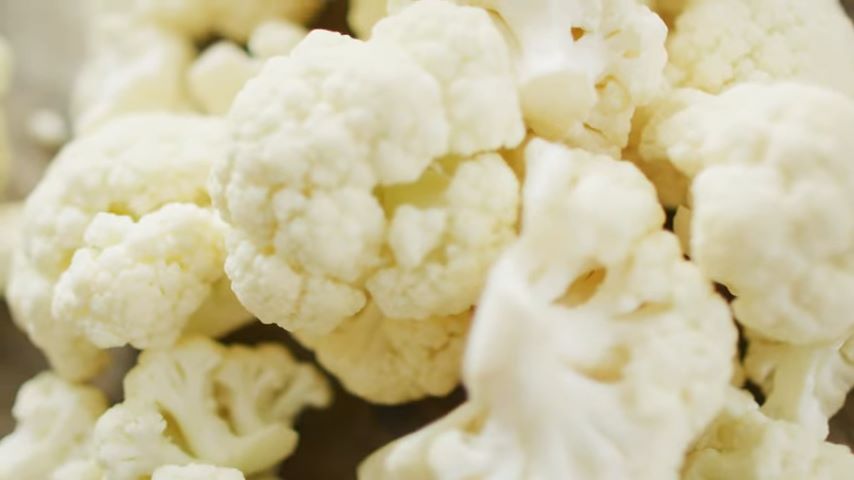
Calories: 25 calories per 100 grams
Cauliflower has gained popularity as a versatile substitute for higher-calorie foods and offers:
- Vitamin C and K
- Choline (important for brain health)
- Sulforaphane and other beneficial compounds
From cauliflower rice to pizza crusts, this vegetable’s mild flavor allows it to take on the taste of whatever it’s prepared with while keeping calories low.
9. Kale: The Nutrient-Dense Leafy Green

Calories: 49 calories per 100 grams (cooked)
Kale is frequently cited as one of the most nutrient-dense foods on the planet, with:
- Vitamins A, C, and K in abundance
- Minerals, including calcium and potassium
- Lutein and zeaxanthin for eye health
While some find raw kale bitter, massaging it with a bit of lemon juice or olive oil can transform it into a delicious salad base.
10. Watermelon: The Hydrating Summer Favorite

Calories: 30 calories per 100 grams
Watermelon is over 90% water, making it incredibly hydrating while providing:
- Lycopene (higher levels than raw tomatoes)
- Vitamins A and C
- Natural electrolytes
Its natural sweetness makes it a perfect dessert alternative during hot summer months.
How to Include Low-Calorie Superfoods in Your Daily Meals
Breakfast Ideas
- Berry-Spinach Smoothie: Blend spinach, mixed berries, Greek yogurt, and a splash of almond milk
- Apple-Cinnamon Overnight Oats: Combine oats, Greek yogurt, diced apples, cinnamon, and a drizzle of honey
- Veggie Egg Muffins: Mix eggs with chopped bell peppers, spinach, and broccoli, and bake in muffin tins
Lunch Options
- Superfood Salad: Combine kale, spinach, berries, bell peppers, and a light vinaigrette
- Zucchini Noodle Pasta: Replace regular pasta with spiralized zucchini, topped with tomato sauce
- Cauliflower Rice Bowl: Use cauliflower rice as a base, top with vegetables and lean protein
Dinner Recipes
- Stuffed Bell Peppers: Fill bell peppers with a mixture of lean ground turkey and cauliflower rice
- Broccoli Stir-Fry: Sauté broccoli, bell peppers, and other vegetables with a light sauce
- Greek Yogurt Chicken: Marinate chicken in Greek yogurt and herbs before baking
Snack Ideas
- Apple slices with a small amount of nut butter
- Greek yogurt topped with berries
- Raw bell pepper strips with hummus
- Watermelon chunks sprinkled with a pinch of salt
Building a Complete Meal Plan with Low-Calorie Superfoods
Sample 3-Day Meal Plan
Day 1
- Breakfast: Greek yogurt parfait with berries and a drizzle of honey
- Lunch: Spinach salad with bell peppers, apple slices, and grilled chicken
- Snack: Cucumber and bell pepper slices with hummus
- Dinner: Baked salmon with roasted broccoli and cauliflower rice
Day 2
- Breakfast: Veggie egg muffins with spinach and bell peppers
- Lunch: Zucchini noodles with tomato sauce and turkey meatballs
- Snack: Apple slices with a tablespoon of almond butter
- Dinner: Stir-fried vegetables with tofu over cauliflower rice
Day 3
- Breakfast: Berry-spinach smoothie with Greek yogurt
- Lunch: Stuffed bell peppers with lean ground turkey and quinoa
- Snack: Watermelon chunks
- Dinner: Greek yogurt marinated chicken with a kale and berry salad
Tips for Success with Low-Calorie Superfoods
- Buy in season whenever possible for the best flavor and nutrition
- Prep ahead of time by washing and chopping vegetables for easy access
- Start small by adding one new superfood to your diet each week
- Experiment with different cooking methods to find what you enjoy most
- Combine low-calorie superfoods with healthy fats (like avocado or olive oil) to enhance nutrient absorption
Common Questions About Low-Calorie Superfoods
Are “low-calorie” and “low-carb” the same thing?
No, they’re different concepts. Low-calorie foods simply contain fewer calories per serving, while low-carb foods specifically limit carbohydrates. Many low-calorie superfoods, like fruits, contain healthy carbs but are still low in overall calories.
Are all superfoods low in calories?
Not all superfoods are low in calories. Foods like avocados, nuts, and olive oil are considered superfoods due to their incredible nutrient profiles, but they’re relatively high in calories from healthy fats.
Is quinoa a low-calorie superfood?
Quinoa is a superfood due to its complete protein profile and nutrient density, but at about 222 calories per cup (cooked), it’s not considered a low-calorie option. It’s still a healthy choice in appropriate portions.
Are frozen superfoods as healthy as fresh ones?
Yes! Frozen fruits and vegetables are often flash-frozen at peak ripeness, preserving their nutrients. In some cases, frozen options may retain more nutrients than fresh ones that have been transported and stored for days.
How do I store superfoods to keep them fresh?
- Leafy greens: Wrap in paper towels and store in airtight containers
- Berries: Keep unwashed in their original containers, rinse just before eating
- Bell peppers and broccoli: Store in the vegetable drawer of your refrigerator
- Apples: Keep in the refrigerator away from ethylene-sensitive produce
- Greek yogurt: Keep refrigerated and check expiration dates
Are low-calorie superfoods good for people with diabetes?
Many low-calorie superfoods are excellent choices for people with diabetes due to their high fiber content and low glycemic index. However, fruit portions should be monitored due to natural sugar content. Always consult with a healthcare provider about specific dietary needs.
How These Superfoods Support Specific Health Goals
For Weight Management
The high water and fiber content of foods like watermelon, zucchini, and berries helps you feel full while consuming fewer calories. Greek yogurt’s protein content also promotes satiety, making it easier to maintain a calorie deficit if weight loss is your goal.
For Energy and Vitality
The rich vitamin and mineral content in spinach, kale, and bell peppers provides sustained energy without sugar crashes. The iron in spinach is particularly helpful for preventing fatigue.
For Skin Health
Berries and bell peppers are rich in vitamin C, essential for collagen production. The antioxidants in these foods also help protect skin cells from damage caused by free radicals and environmental stressors.
For Digestive Health
The fiber in apples, berries, and cruciferous vegetables supports healthy digestion and feeds beneficial gut bacteria. The probiotics in Greek yogurt further enhance digestive health by promoting a balanced gut microbiome.
Low-Calorie Superfoods in Different Diets
For Keto Dieters
Focus on low-carb options like:
- Spinach
- Kale
- Broccoli
- Cauliflower
- Limited amounts of berries
For Vegan/Vegetarian Eaters
All plant-based superfoods work well, with special emphasis on:
- Leafy greens for iron
- Nutritional yeast (a low-calorie superfood with B vitamins)
- Plant-based yogurt alternatives with probiotics
For Intermittent Fasters
Breaking your fast with nutrient-dense, low-calorie options helps maximize nutrition without overwhelming your system:
- Watermelon for hydration
- Berry smoothies with spinach
- Greek yogurt for protein
The Science Behind Energy Density and Weight Management
Understanding the concept of energy density, the number of calories in a specific amount of food can transform your approach to eating. Low-calorie superfoods have low energy density, meaning you can eat larger portions while consuming fewer calories.
For example:
- 1 cup of raisins = 480 calories
- 1 cup of grapes = 104 calories
Both provide sweetness and nutrients, but the grapes allow you to eat more volume while consuming fewer calories, helping you feel more satisfied.
The three main factors that influence energy density are:
- Water content: Foods with high water content (like watermelon at 90% water) provide volume with minimal calories
- Fiber content: High-fiber foods take longer to digest, creating lasting fullness
- Fat content: Fats are calorie-dense, providing 9 calories per gram compared to 4 calories per gram for carbohydrates and protein
By focusing on low-energy-dense foods, you can create satisfying meals that support weight management naturally.
Essential Kitchen Tools for Preparing Low-Calorie Superfoods
| Tool | Purpose | Approximate Cost |
| Quality blender | For smoothies and purees | $40-$150 |
| Spiralizer | For making vegetable noodles | $15-$30 |
| Steamer basket | For gentle cooking that preserves nutrients | $10-$20 |
| Glass storage containers | For prepped vegetables and leftovers | $20-$40 set |
| Sharp knife | For efficient vegetable preparation | $30-$80 |
| Salad spinner | For washing and drying leafy greens | $15-$30 |
Creating a Low-Calorie Superfood Shopping List
Produce Section
- Spinach
- Kale
- Bell peppers (all colors)
- Broccoli
- Cauliflower
- Zucchini
- Apples
- Berries (strawberries, blueberries, raspberries)
- Watermelon (seasonal)
Dairy/Refrigerated Section
- Greek yogurt (plain, low-fat)
- Egg whites
Pantry Items
- Herbs and spices (turmeric, cinnamon, basil)
- Vinegars for dressings (balsamic, apple cider)
- Tea (green, herbal varieties)
Freezer Section
- Frozen berries
- Frozen spinach
- Frozen cauliflower rice
Conclusion: Embracing the Power of Low-Calorie Superfoods
Incorporating low-calorie superfoods into your daily eating pattern isn’t just about weight management—it’s about nourishing your body with the most nutrient-dense foods nature provides. From spinach and berries to broccoli and Greek yogurt, these nutritional powerhouses deliver extraordinary benefits while keeping calorie counts low.
The key to success is consistency and variety. Try adding just one or two new superfoods to your diet each week, experimenting with different preparations until you find what you enjoy. Remember that small changes, sustained over time, lead to the most significant health improvements.
Whether you’re looking to lose weight, boost energy, improve digestion, or simply enhance your overall well-being, low-calorie superfoods offer a delicious path forward. Start today by choosing one superfood from this guide and finding a simple way to incorporate it into your next meal.
Your body will thank you for every nutrient-dense, low-calorie bite you take on this journey toward optimal health.
Have you tried incorporating any of these low-calorie superfoods into your diet? Which ones are your favorites? Share your experiences and favorite recipes in the comments below!
Disclaimer: This article is for informational purposes only and is not intended as medical advice. Always consult with a healthcare provider before making significant changes to your diet, especially if you have underlying health conditions.